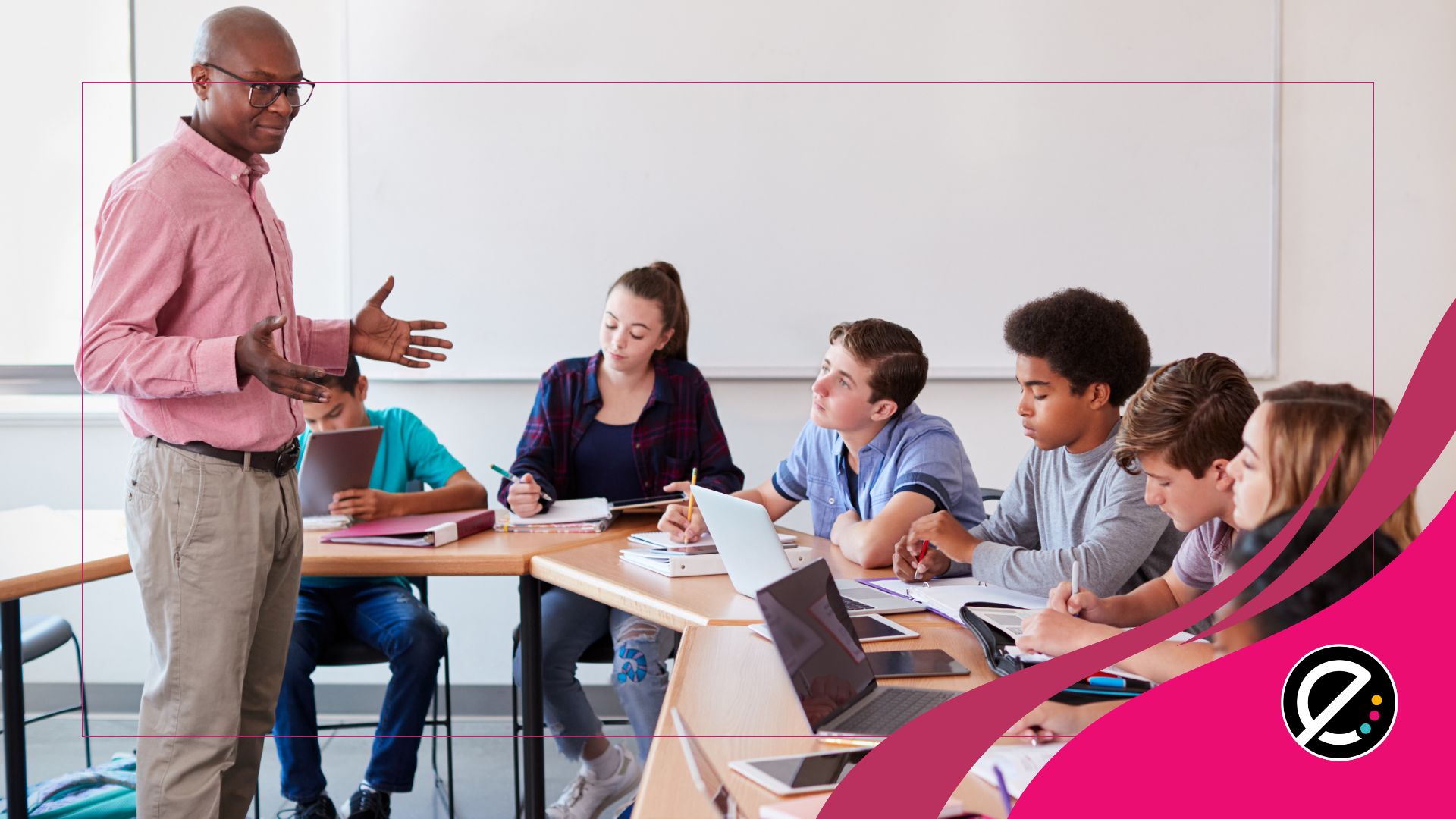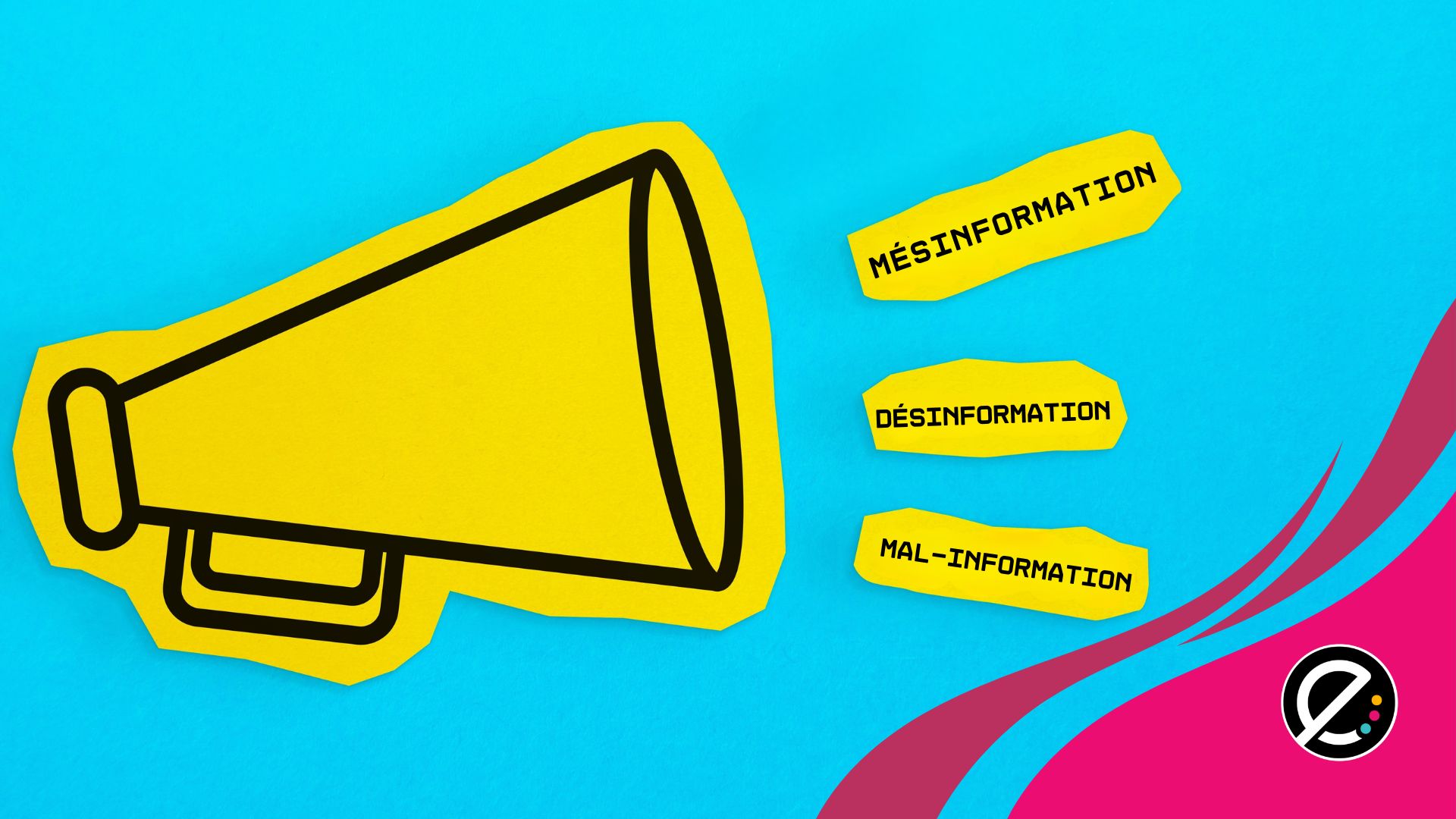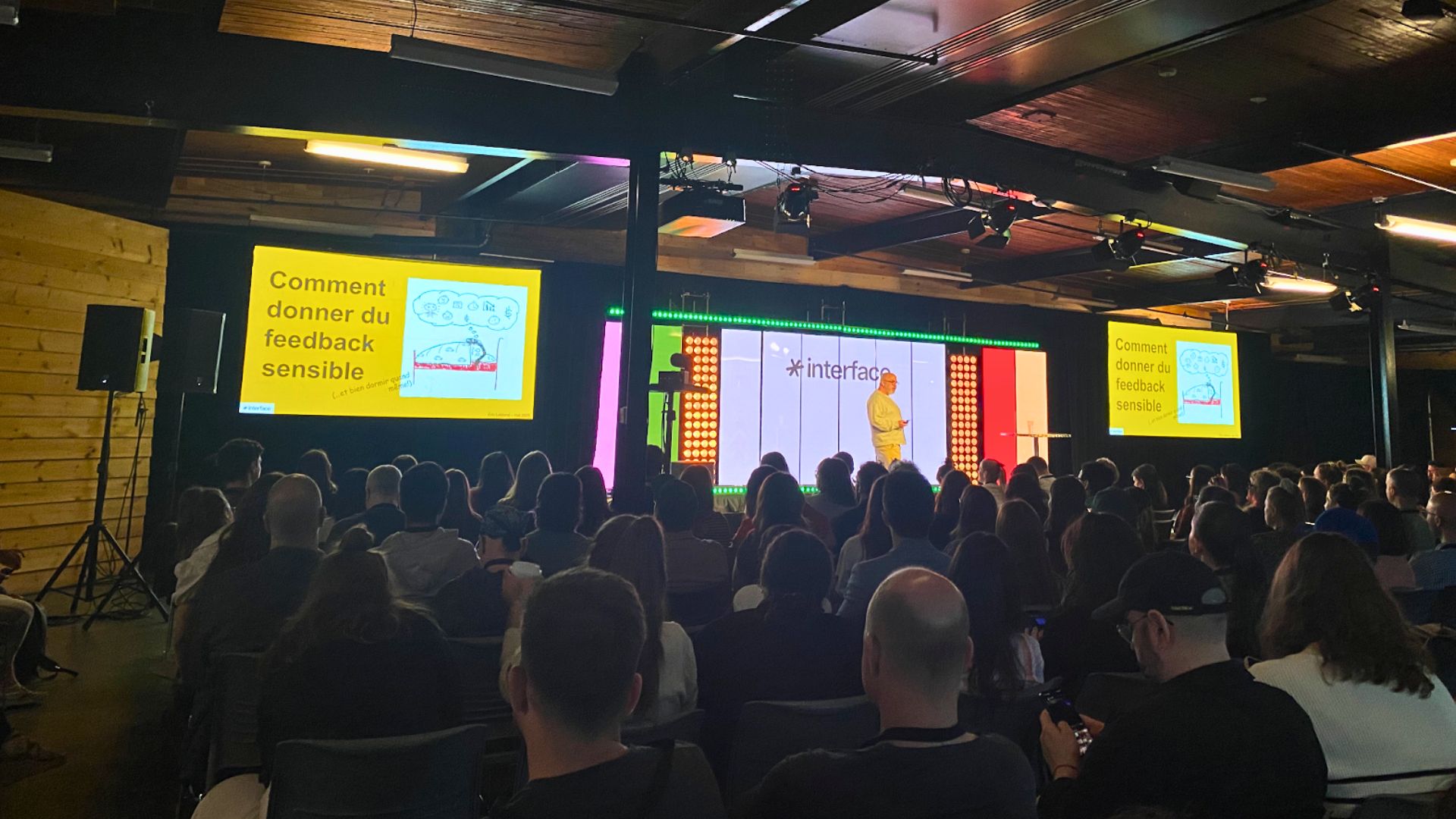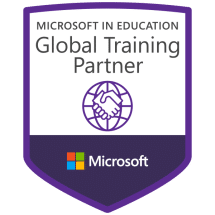À l’origine de ce webdocumentaire, un proverbe hébreux qui dit : « On ne donne que deux choses à nos enfants, des racines et des ailes ».
Le 2 novembre 2016 avait lieu à l’UQAM le lancement du Web-documentaire Des racines et des ailes, fruit de deux ans de travail de Jacinthe Moffatt, la réalisatrice. Cet outil pédagogique accessible en ligne résulte d’une collaboration entre l’Université du Québec à Montréal (UQAM) et la Commission scolaire de Montréal (CSDM).
Des racines et des ailes présente les expériences et les démarches d’enseignants de classes d’accueil et de classes régulières de plusieurs écoles de la CSDM. Accompagnés par Sonia Fréchette, conseillère pédagogique en soutien à l’apprentissage du français au secondaire, Sonia Robitaille, conseillère pédagogique en soutien à l’apprentissage du français au préscolaire et au primaire et Réginald Fleury, conseiller pédagogique en éducation et relations interculturelles, éthique et culture religieuse, ils ont cherché à répondre aux questions suivantes :
- Comment favoriser l’apprentissage du français et les apprentissages en français?
- Comment faciliter le passage de la classe d’accueil à la classe ordinaire?
- Comment mieux collaborer avec les parents immigrants?
Ce webdocumentaire, dans sa double dimension de prévention et d’aide aux élèves, s’adresse à tous ceux qui souhaitent accompagner leurs élèves vers la réussite scolaire. Le processus éducatif illustré ici contribue à la réduction des inégalités, à l’amélioration du climat scolaire et à la réussite de tous. Il concourt également à l’évolution des pratiques enseignantes. N’oublions pas que 51 % des élèves de la CSDM n’ont pas le français comme langue d’origine.
On cherche aussi à développer au Québec francophone un domaine d’expertise sur l’acquisition du français par les élèves immigrants allophones.
Le titre du projet tient son origine de ce proverbe hébreux qui dit : « On ne donne que deux choses à nos enfants, des racines et des ailes ».
L’apprentissage du français, un long processus
La recherche démontre que l’apprentissage d’une nouvelle langue demande environ 7 ans. Mais au-delà d’une parfaite connaissance de la nouvelle langue, diverses étapes ont été identifiées pour faciliter les premiers pas de l’élève nouvel arrivant vers son intégration au système scolaire québécois.
Le webdocumentaire couvre ce domaine. Non seulement on peut y visionner quantité de témoignages et exemples de pratiques, mais aussi des références et ressources pédagogiques qui seront utiles aux enseignants qui travaillent auprès des élèves immigrants récents qui doivent apprendre le français et auprès des élèves plurilingues au quotidien.
6 modules pour couvrir un vaste sujet
Il est facile de s’orienter dans cet outil et retrouver les informations pourtant abondantes. Les six principaux blocs d’information, introduits au premier sous-menu, demeurent accessibles tout au long du visionnement, sous-forme d’un contenu immersif le long d’une ligne du temps. Chaque bloc donne accès à diverses ressources pédagogiques qui se rapportent à cette étape.
1 – L’arrivée au Québec : Ricardo, jeune garçon de 11 ans originaire du Brésil, nous conduit vers cinq questions à répondre sous forme de VRAI ou FAUX visant à déconstruire quelques mythes sur les immigrants.
2 – L’entrée dans le système scolaire québécois : On y traite du protocole d’accueil de l’école pour que l’élève ne se sente pas perdu à son arrivée dans ce nouveau milieu où il lui est impossible de communiquer. On y parle aussi de mentorat/tutorat, de la collaboration école-famille-communauté, de la place des langues d’origine.
3 – L’élève en classe d’accueil : On y dresse notamment un portrait de la classe d’accueil. On y parle aussi des activités de décloisonnement, qui sont particulièrement favorables pour faciliter le passage du nouvel arrivant vers les classes régulières.
4 – Le passage de la classe d’accueil à la classe ordinaire
5 – Les élèves plurilingues en classe ordinaire
6 – Réussite éducative : Les élèves issus de l’immigration réussissent moins bien que les autres. VRAI ou FAUX, un mythe à déconstruire.
Un index permet de naviguer directement vers :
- les sous-menus;
- les questions qui traitent des mythes relatifs à l’immigration entendus au sein de nos sociétés;
- l’ensemble des ressources;
- les multiples vidéos;
- les documents de référence;
- les résultats de recherches.
Pour en savoir plus vous pouvez vous prendre contact avec les principaux responsables du projet.














